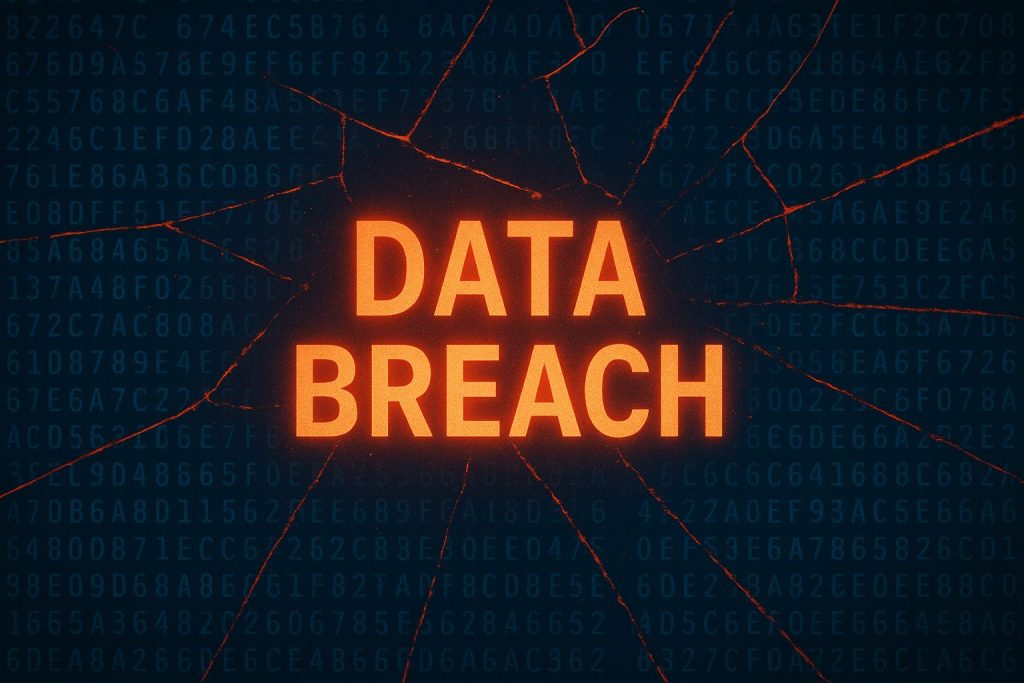
In a major cybersecurity incident, Qantas Airlines has reportedly suffered a significant data breach that exposed sensitive customer information online. The attack highlights once again how vulnerable even well-established companies can be in today’s evolving digital landscape. From compromised personal data to potential identity theft, this breach has drawn attention from both passengers and cybersecurity professionals around the world.
Qantas Data Breach Exposes Millions of Users Online
According to early reports, hackers gained unauthorized access to Qantas’ internal systems, leading to the exposure of millions of customer records. The compromised information allegedly includes names, email addresses, frequent flyer numbers, and in some cases, partial payment details. The breach became public after leaked data appeared on dark web forums, where cybercriminals often trade stolen information.
This incident has not only affected Qantas’ customers but also damaged the airline’s reputation for digital security. Governments and aviation regulators are now investigating the cause of the breach, looking into whether weak security controls or delayed system updates may have contributed. The airline faces pressure to improve its data protection measures and restore customer trust.
Cyber experts suggest that this event could serve as a wake-up call for the entire travel industry. With airlines storing sensitive data for millions of passengers, consistent security audits, encryption of stored data, and multi-factor authentication should become a priority. The Qantas breach shows how hackers continue to exploit small gaps in complex systems for large gains.
How Hackers Accessed Qantas Customer Data
While Qantas has not released all the technical details publicly, early findings suggest that the attack may have originated from a phishing campaign targeting corporate employees. By tricking staff into clicking malicious links or entering their credentials on fake login pages, attackers possibly gained access to internal networks. This initial foothold may have been followed by privilege escalation and lateral movement to extract data from databases containing passenger information.
Another possible vector points to vulnerabilities in third-party systems or outdated software used within the airline’s infrastructure. Cybercriminals often monitor for such openings to infiltrate networks without direct contact. A small gap in web application firewalls or improperly configured cloud storage could lead to massive data exposure.
As a cybersecurity expert, it is clear that such attacks highlight the growing need for continuous monitoring, penetration testing, and strict access control. Companies like Qantas should employ multi-layered defense strategies that combine technology and employee awareness to minimize risks. The breach serves as a reminder that cybersecurity is not just an IT concern—it’s a business priority.
Steps Qantas Passengers Can Take to Stay Safe
If you are a Qantas frequent flyer or have recently booked a flight, there are several steps you can take to protect yourself. First, monitor your accounts for suspicious activity. Keep an eye on your email inbox for phishing attempts, seeming to come from Qantas or related services, and avoid providing personal information through links in unsolicited messages.
Second, reset your passwords immediately on all airline-related accounts. Use strong, unique passwords that include letters, numbers, and special characters. Consider enabling two-factor authentication whenever possible to add an extra barrier against unauthorized access.
Lastly, stay informed about official updates from Qantas. The airline will likely issue notifications and guidance on protecting affected users. Cybersecurity experts also recommend using identity theft protection services that alert you if your information appears on suspicious sites. Your vigilance now can prevent future financial damage.
Q&A: Common Questions About the Qantas Data Breach
Q: Was payment information exposed in the breach?
A: According to current reports, only partial payment details were exposed, but affected individuals should still monitor their bank and credit card statements for unusual activity.
Q: How can I verify if my account was compromised?
A: Qantas is expected to contact affected customers directly. You can also visit the airline’s official website or customer service page for updates and security guidance.
Q: What should companies learn from this breach?
A: The key lesson is the need for proactive defense, continuous system monitoring, and employee training to prevent similar incidents in the future.
The Qantas data breach stands as yet another warning that no organization is immune from cyberattacks. As technology becomes more integrated into business operations, the potential for breaches grows. For passengers and businesses alike, the best defense is awareness, strong cybersecurity practices, and quick response to potential threats. This event may mark a turning point for the aviation industry, urging every airline to take a more proactive stance toward data protection.

Leave a Reply